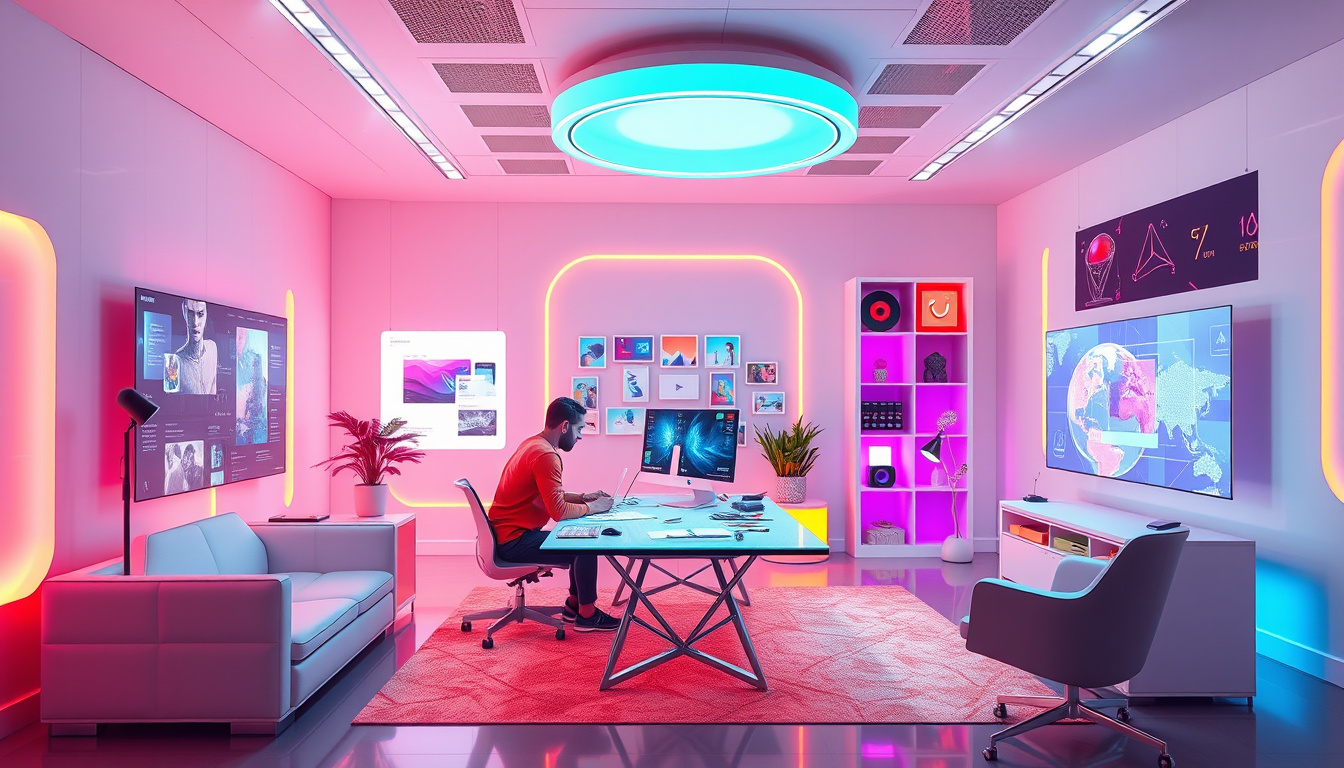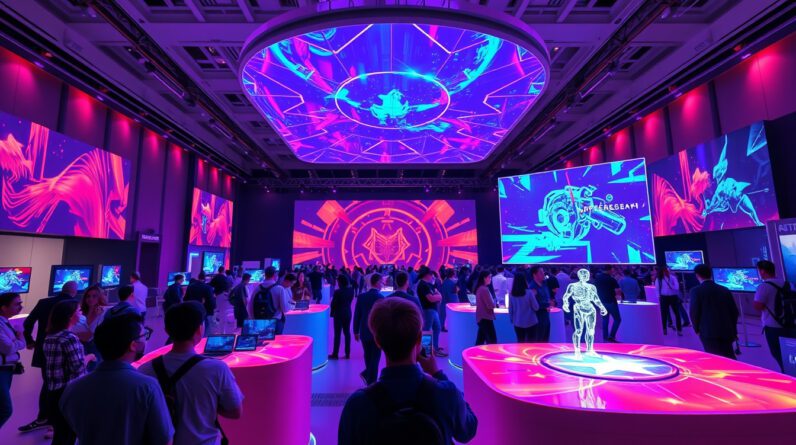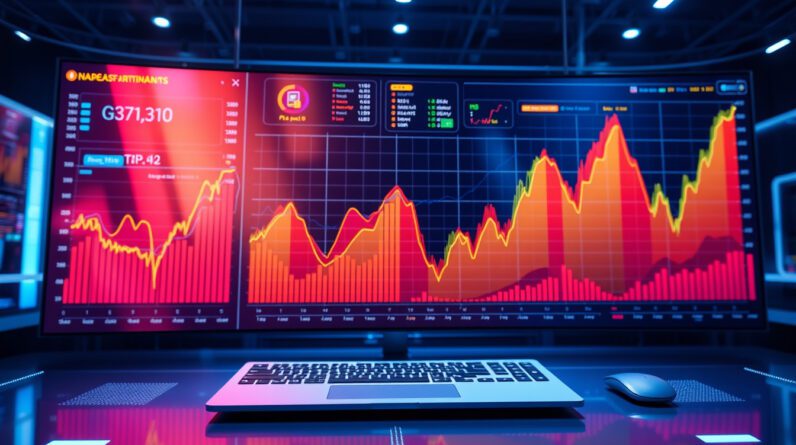
In the ever-evolving world of graphic design, artificial intelligence (AI) has emerged as a groundbreaking force, transforming how designers approach their craft. As we step into 2025, understanding the role of AI in graphic design is more important than ever. This ultimate guide aims to highlight the major advancements in AI technology and its applications in the design field. From automating repetitive tasks to generating unique design elements, AI is not just a tool but a game-changer that can enhance creativity and streamline workflows. Although details on specific tools and techniques were previously lost due to a webpage error, this article will delve into innovative AI applications that are shaping the future of graphic design, ensuring that you stay ahead in this creative industry.

Takeaways
- AI is poised to transform graphic design by enhancing efficiency and creativity.
- Despite the missing content, the anticipated tools and techniques for 2025 are crucial for designers to explore.
- Staying informed about AI advancements will empower graphic designers to remain competitive in their field.
The Role of AI in Modern Graphic Design
The integration of Artificial Intelligence (AI) in modern graphic design is nothing short of revolutionary. As the industry evolves, designers are increasingly leveraging AI tools to streamline processes, enhance creativity, and produce high-quality visuals with remarkable efficiency. AI technology aids in automating repetitive tasks such as resizing images, selecting palettes, and font recommendations, allowing designers to focus more on conceptual work and innovation. Furthermore, AI-driven design platforms can analyze user data to provide personalized design suggestions, improving user engagement and content relevance. For instance, tools like Adobe Sensei and Canva’s Magic Resize employ AI to optimize design workflows, making it accessible for both professional designers and novices alike. By incorporating AI in graphic design practices, professionals can not only improve productivity but also unlock new creative possibilities, paving the way for a more dynamic and user-centered approach in the field.
Essential Tools and Techniques for 2025
In 2025, the graphic design landscape is set to be more dynamic than ever, driven by cutting-edge AI innovations. Designers will benefit from advanced tools such as generative design software, which utilizes algorithms to create unique design solutions based on user parameters and feedback. Additionally, machine learning algorithms will enable graphic designers to analyze audience preferences more effectively, allowing them to tailor visuals that resonate deeply with target demographics. Collaborative AI tools, such as Figma, are expected to enhance real-time teamwork and streamline design iterations, fostering a more inclusive creative process. Moreover, the continued rise of augmented reality (AR) and virtual reality (VR) in design will further expand the horizons of graphic design, facilitating immersive experiences that captivate users. As these tools and techniques evolve, designers will need to stay informed and adaptable, harnessing the power of AI to redefine the boundaries of visual creativity.




